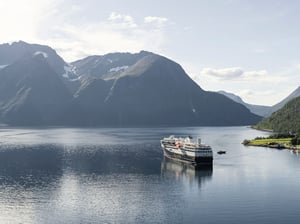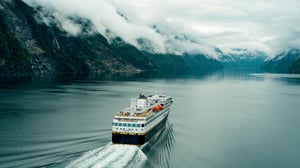
Driving zero-emission innovation in Norway’s iconic fjordsDriving zero-emission innovation in Norway’s iconic fjords
Havila Kystruten's explorer vessels offer a greener way to see Norway’s coast. On the 11-day route between Bergen and Kirkenes, they navigate tough seas and quiet fjords. With advanced energy, automation, and navigation systems from NES, they balance efficiency and sustainability with ease.
A hybrid system for clean, flexible power
Havila’s vessels employ a hybrid gas-electric propulsion system, seamlessly blending LNG engines with a 6,142 kWh battery pack. This setup allows the ships to switch between power sources, ensuring emission-free operation for up to four hours in the world heritage fjords. On open seas, LNG engines provide power, while the batteries enhance efficiency at lower speeds. This dual approach reduces overall emissions and fuel consumption, offering passengers a smooth and comfortable journey through both rough seas and tranquil fjords.
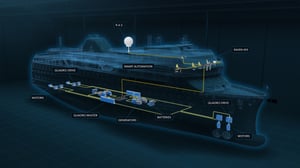
Precision power below deck
Advanced energy and power management systems are at the core of the vessels’ performance. These systems maintain power stability during transitions and optimise energy use across operations. Key components like main switchboards, transformers, and the Black Out Safety System (BOSS) ensure reliability and prevent energy loss, keeping onboard systems steady and efficient.
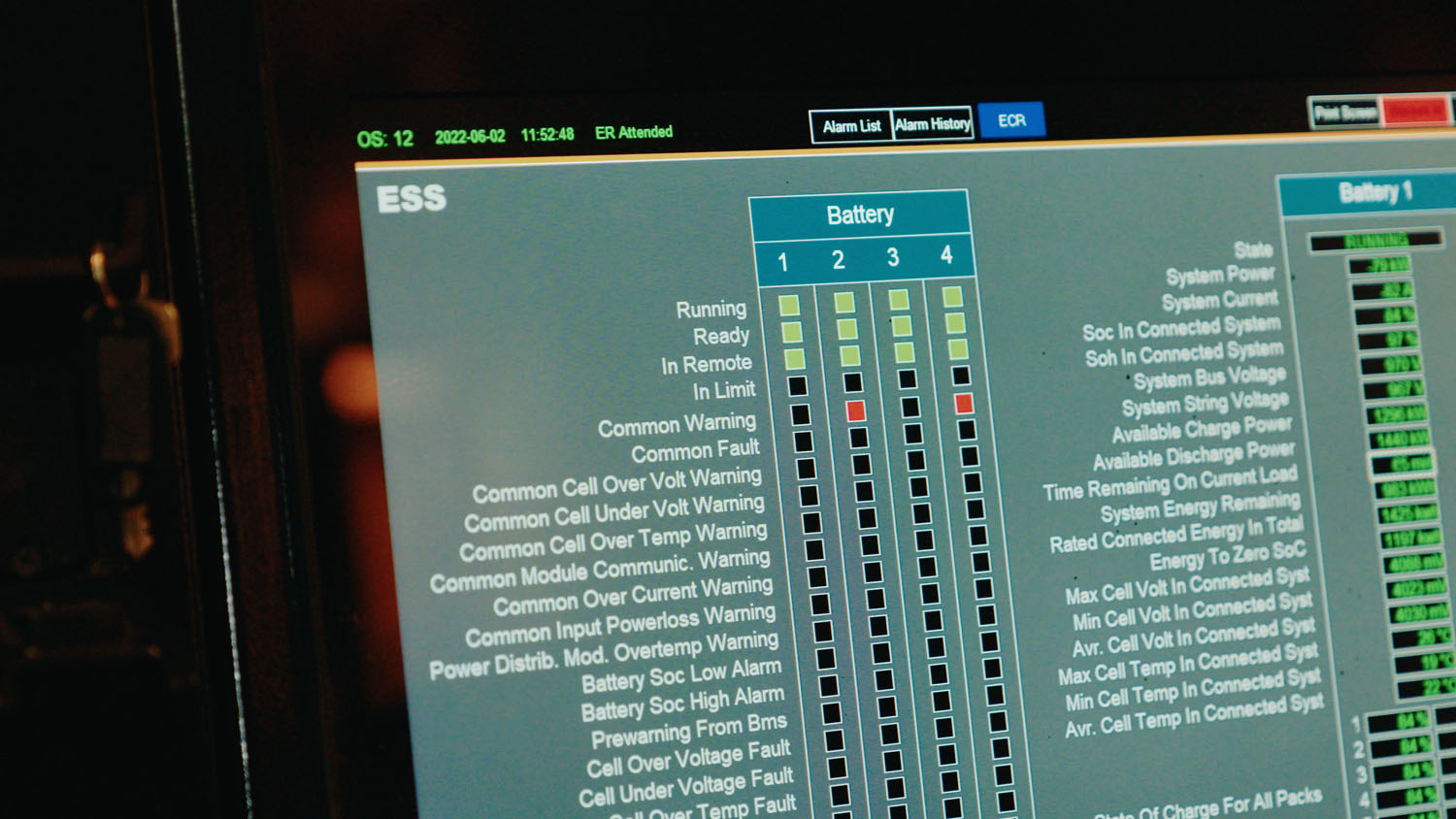
Navigating with innovation
While the systems below deck provide the steady pulse of the vessel’s operation, innovation on the bridge ensures precision and control. By providing a comprehensive and integrated view, the Raven INS eliminates the need to juggle multiple systems. It ensures the bridge team can concentrate on safe navigation rather than managing several screens and inputs. This seamless integration simplifies daily operations, especially in tight spaces like the fjords, where precision is crucial. The Raven INS guides the vessel efficiently and helps the crew make informed decisions, keeping the journey safe and energy-efficient.


Environmental benefits
The hybrid propulsion system delivers notable environmental benefits. By combining LNG engines with advanced battery storage, these vessels reduce NOx emissions by up to 90% and cut CO₂ output by approximately 35% compared to traditional diesel engines. This system ensures efficient energy use, lower fuel consumption, and smooth transitions between gas and battery power.
The battery packs, among the largest installed on passenger vessels, enable up to four hours of emission-free sailing. Charged with hydropower while docked, the batteries ensure onboard energy is as clean as possible, minimizing both air and sound pollution. Designed with future fuels in mind, Havila’s vessels are ready to integrate hydrogen or ammonia once these technologies are commercially viable, positioning the fleet for even greater emission reductions in the years ahead.
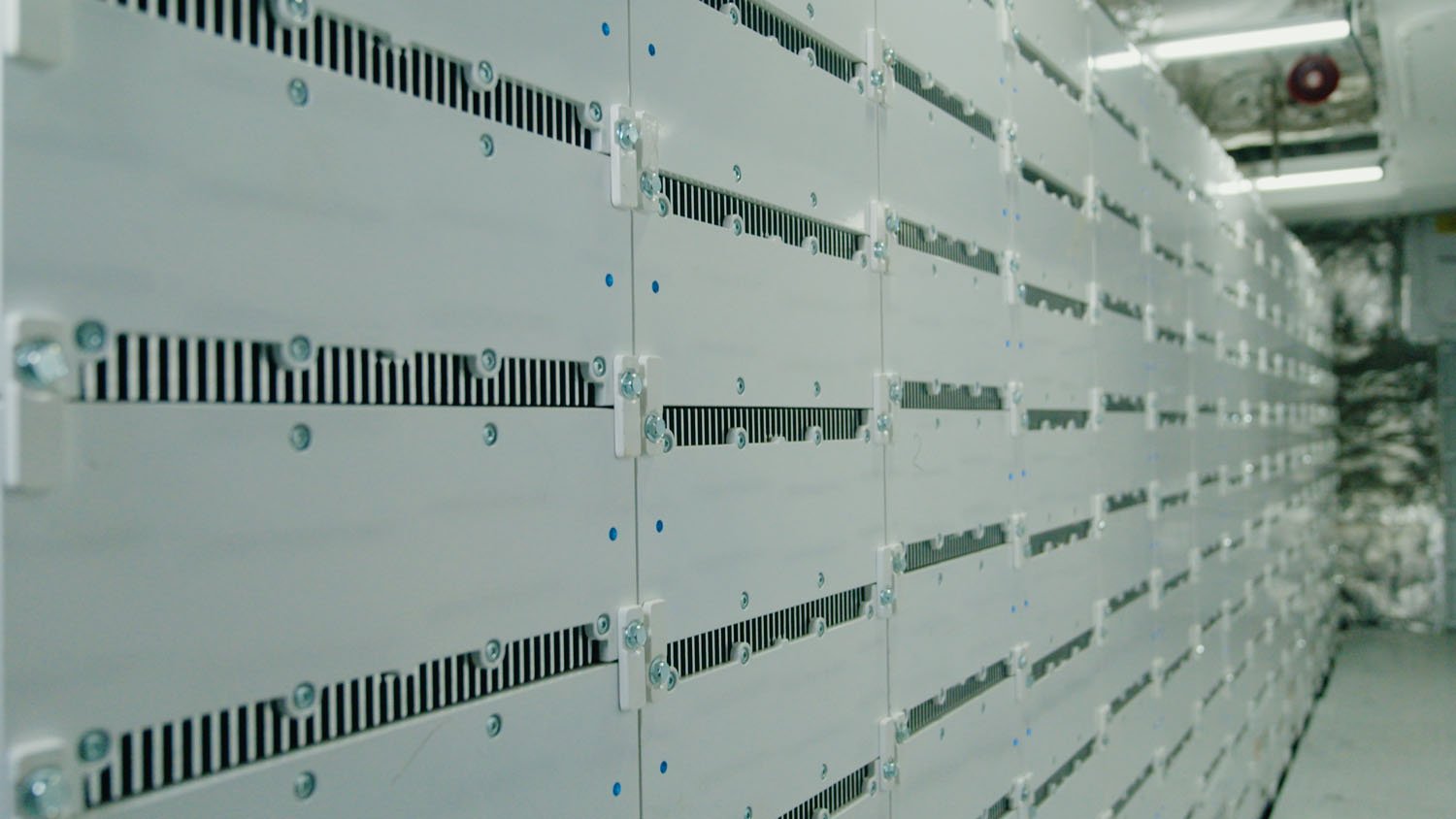
Additional innovations like energy-efficient hull designs and waste heat recovery systems further reduce energy demands, contributing to sustainability across all operations. Havila Capella’s pioneering approach to greener sailing earned it the Next Generation Ship Award 2022 at Nor-Shipping, underscoring its impact on the maritime industry.
“Sustainability must be reflected in everything we do, from ship design to all aspects of our operations, and this is a challenge we take very seriously. Being recognised by the maritime industry is a proud moment for us, proving that our innovative ship technology is a pioneer in the green transition,” said Bent Martini, CEO of Havila Kystruten.
A fleet for the future
Havila’s fleet—Capella, Castor, Polaris, and Pollux—sets a new standard in sustainable cruising. With advanced power, automation, and navigation systems, the vessels run emission-free where it matters most while maintaining reliability and efficiency throughout the journey. Passengers experience Norway’s stunning coastline in comfort, knowing their journey contributes to preserving the environment for generations to come.
